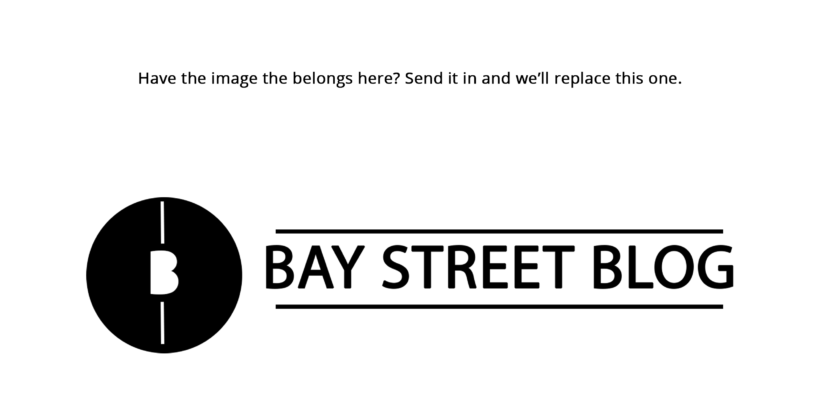Down Payment vs. Deposit – What’s the Difference?
Share

If you’re like most homeowners, purchasing a home represents the single biggest financial transaction of your lifetime. And two of the most important payments leading up to the closing of your new home are the deposit and down payment. As a first-time homebuyer, it can be easy to get the two mixed up (both start with the letter “D”). Although both represent a large sum of cash, the amount and when they happen in the home buying transaction typically varies. Let’s take a closer look at the differences between the two.
The Deposit
Anyone who’s a renter should know what a deposit is. Buying a home represents a big financial investment, so it shouldn’t come as any surprise that the home sellers wants some kind of financial reassurance that you’ll actually complete the deal. Just like the security deposit you give to your landlord, a deposit on a home represents a financial commitment. A deposit is typically delivered to the seller’s real estate brokerage as a bank draft or certified cheques and held in trust (that way if something happens to the brokerage, your money is still safe).
A deposit signals to the home seller that you intend to follow through on the deal in good faith. Most real estate deals go smoothly, but that’s not always the case. If there’s a disagreement and you, the buyer, change your mind (perhaps after a less than satisfactory home inspection), it’s up to the seller to return your deposit. (Until the deposit is returned, the seller can’t attempt to list their property and sell it again.)
Buyers sometimes get interest on their deposit, but that’s not always the case (it has to be written into the Agreement of Purchase and Sale). The amount of the deposit varies. It depends on your budget and the real estate market. For example, in competitive real estate markets like Toronto and Vancouver, the deposit can be five percent of the purchase price of a home, which in some cases can be the same amount as the down payment.
The Down Payment
After the seller accepts your offer, you’re required to pay the down payment before closing. If your offer is conditional upon financing or inspection, those conditions must be met within the specified number of days for the deal to be firm.
As a buyer, when you say you’re saving towards a home, in all likelihood you’re referring to saving for your down payment. Although some of that money may go towards your deposit, you’ll pay the rest of it as a lump sum payment on closing as your down payment.
Since your deposit is paid before your down payment, it counts towards your down payment. To figure out your total mortgage required, simply subtract your down payment from your purchase price. For example, if you’re buying a home for $500,000 and you’re making a 20 per cent down payment ($100,000), then your mortgage required would be $400,000 ($500,000 – $100,000 = $400,000).
The size of your down payment also matters for mortgage default insurance. If you’re making a down payment between five per cent and 19.99 per cent of the purchase price, your mortgage is considered high-ratio and you’ll be required to buy mortgage default insurance (this is typically added to your total mortgage amount and paid along with your regular mortgage payments). But if you’re making a 20 per cent down payment or more, you’ll qualify for a conventional mortgage and won’t be required to pay any costly mortgage insurance.
This post was written by Sean Cooper, bestselling author of the book, Burn Your Mortgage. Sean is also the managing editor of mortgagepal.ca.
You may also be interested in: 15 Ways to Save for a House Downpayment
Writer: Sean Cooper
Sean Cooper bought his first house when he was just 27 and paid off his mortgage at 30 in 3 years. An in-demand personal finance journalist, money coach and speaker, his articles have been featured in publications such as the Toronto Star, Globe and Mail, MoneySense and Tangerine’s Forward Thinking blog. He makes regular appearances on national radio and television shows to discuss personal finance, real estate and mortgages. He’s also the bestselling author of the book, Burn Your Mortgage, which helps anyone—from new buyers to experienced homeowners—achieve the
Disclaimer: All investing can potentially be risky. Investing or borrowing can lead into financial losses. All content on Bay Street Blog are solely for educational purposes. All other information are obtained from credible and authoritative references. Bay Street Blog is not responsible for any financial losses from the information provided. When investing or borrowing, always consult with an industry professional.






Bay Street Blog Newsletter
Click here to subscribe for a financial savvy experience.
Please check your email to confirm subscription!